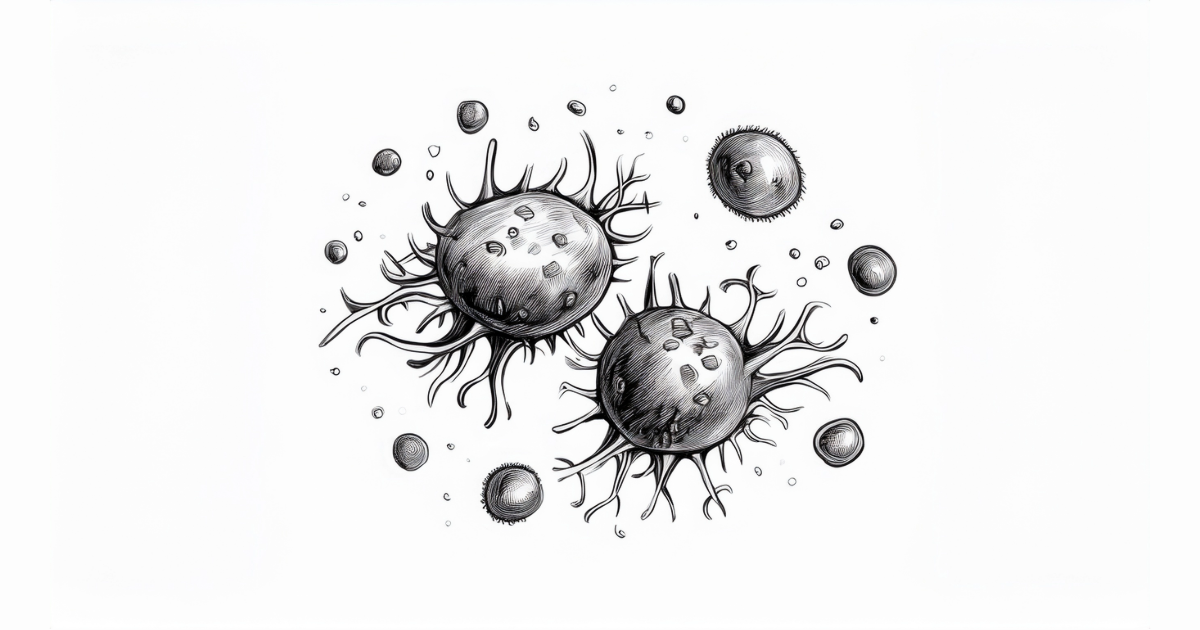For adult patients with acute leukemia or myelodysplastic syndrome (MDS), matched unrelated donor (MUD) hematopoietic cell transplantation (HCT) is associated with significantly improved survival outcomes compared with haploidentical HCT.1 This advantage is driven by lower rates of severe complications, including primary graft failure, grade 3 to 4 acute graft-vs-host disease (GVHD), moderate to severe chronic GVHD, and nonrelapse mortality (NRM).
The findings from a large-scale, retrospective registry analysis drawing from the Center for International Blood and Marrow Transplant Research (CIBMTR) database showed that haploidentical HCT recipients had a 15% higher risk of overall mortality at 3 years compared with MUD HCT recipients. Haploidentical HCT was associated with a 19% higher risk of a GVHD-free, relapse-free (GRFS) event (death, severe GVHD, or relapse) at 3 years.
A critical moderating factor, according to study authors, is donor age. MUD donors in the study were substantially younger than haploidentical donors. When the analysis was restricted to donors under 30 years of age, the overall survival difference between the 2 groups disappeared. However, GRFS and NRM remained worse in the haploidentical group. Notably, younger haploidentical donors were associated with a lower risk of disease relapse compared with younger MUDs.
“These differences should be carefully weighed in the context of patient and donor-related factors but support the prioritization of a readily available MUD over a haplo[identical donor] to ensure optimal outcomes following HCT,” authors wrote in the study published in Blood Advances.
While haploidentical HCT offers advantages like near-universal donor availability and speed, the data supports prioritizing a readily available MUD to optimize outcomes. These findings provide crucial guidance for donor selection in the modern era of transplantation.
Study Objective and Context
The study aimed to perform a definitive comparison of long-term outcomes for adult patients receiving either MUD or haploidentical HCT with posttransplant cyclophosphamide (PTCy)-based GVHD prophylaxis. PTCy has become the new standard of care, making this comparison critical for clinical decision-making. Previous studies were limited by smaller cohort sizes and shorter follow-up periods. This analysis leveraged the extensive CIBMTR database to provide a robust, real-world assessment.
The analysis included 5873 adult patients from 143 US centers who underwent their first HCT between January 2017 and December 2021. There were 1973 patients in the MUD cohort and 3900 patients in the haploidentical cohort. Patients were treated for acute leukemia (74.2%) or MDS (25.8%).
The study focused on 2 primary outcomes: 3-year overall survival (OS) and 3-year GRFS. Cox regression and sensitivity analyses using inverse probability of treatment weighting were employed to compare outcomes while adjusting for potential confounding factors.
Significant differences existed between the 2 groups, notably in donor age and patient ancestry. MUD donors were significantly younger, with a median age of 27.5 years, compared with 35.7 years for haploidentical donors. MUD recipients were older on average (62.1 years vs 58.8 years for haploidentical recipients). The MUD cohort also had a much higher proportion of non-Hispanic White patients (86.4%) compared with the haploidentical cohort (59.0%).
Primary Findings: MUD Transplants Demonstrate Superior Outcomes
Multivariable analysis confirmed that MUD HCT was associated with significantly better primary outcomes compared to haploidentical HCT. The risk of overall mortality at 3 years was 15% higher in the haploidentical HCT group. Besides donor type, other significant predictors of mortality included disease risk index, patient age, HCT comorbidity index, and donor age. The risk of a GRFS event (defined as death, grade 3 to 4 acute GVHD, moderate-severe chronic GVHD, or relapse) was 19% higher for recipients of haploidentical grafts. These results were corroborated by a sensitivity analysis using propensity score weights.
Analysis of Secondary Outcomes and Complications
The superiority of MUD HCT in the primary end points was driven by lower rates of severe complications and NRM. Relapse risk was not found to differ between the 2 donor types in the overall analysis.
The study conducted several subgroup analyses that revealed important nuances in the data, particularly concerning donor age, conditioning intensity, and disease type.
Given that MUD donors were significantly younger, an unplanned analysis was performed restricting the cohort to donors < 30 years of age. The difference in OS between MUD and haploidentical HCT was no longer statistically significant (HR, 1.12, P =.132). GRFS (HR, 1.15, P =.032) and NRM (HR, 1.51, P <.001) remained worse in the haploidentical group.
In this younger donor cohort, haploidentical HCT was associated with a lower risk of relapse compared to MUD HCT (HR, 0.83, P =.028). This underscores the profound impact of donor age on HCT outcomes and suggests that prioritizing younger haploidentical donors could mitigate some of the observed disadvantages.
The study also examined outcomes based on whether patients received myeloablative conditioning (MAC) or reduced-intensity conditioning (RIC). In the MAC cohort, haploidentical HCT was associated with an increased mortality risk compared with MUD (HR, 1.23, P =.018). In the RIC cohort, OS did not differ between the 2 donor types (P =.06). Additionally, haploidentical HCT was associated with worse GRFS and higher NRM regardless of conditioning intensity. These findings differ from a previous CIBMTR analysis published in Blood in 2021 comparing MUD and haploidentical HCT with PTCy. Those findings showed that there were no differences in graft failure, relapse, NRM, and OS between donor types with MAC regimens.2
Outcomes varied when analyzed by the primary disease. In patients with MDS, haploidentical HCT resulted in significantly worse OS (HR, 1.35, P =.001) and worse GRFS (HR, 1.40, P <.001) compared with MUD HCT.1 In those with AML, haploidentical HCT was associated with worse GRFS (HR, 1.15, P =.016), but there was no significant difference in OS. In patients with acute lymphoblastic leukemia, there was no significant difference in either OS or GRFS between the 2 donor types.
